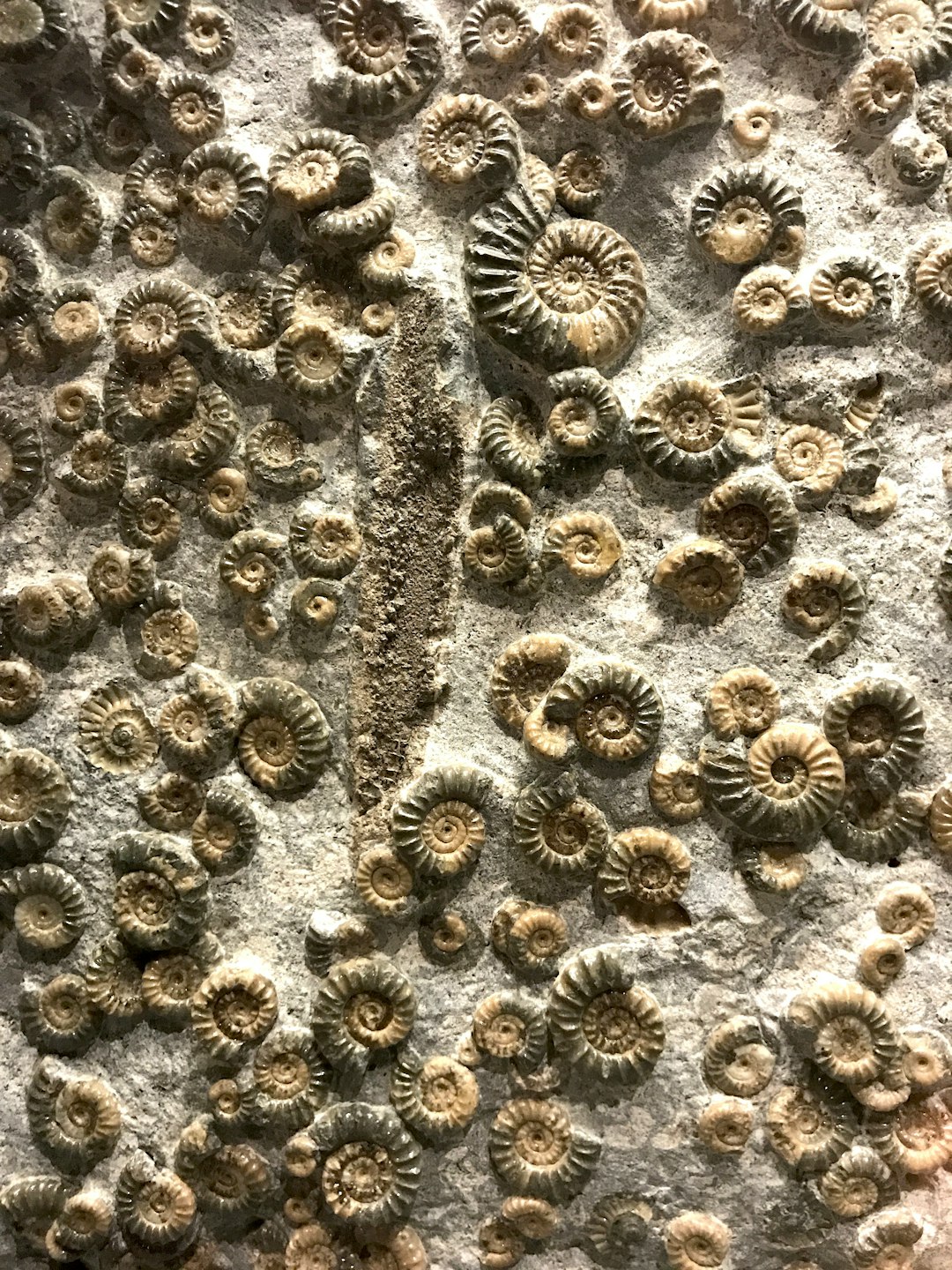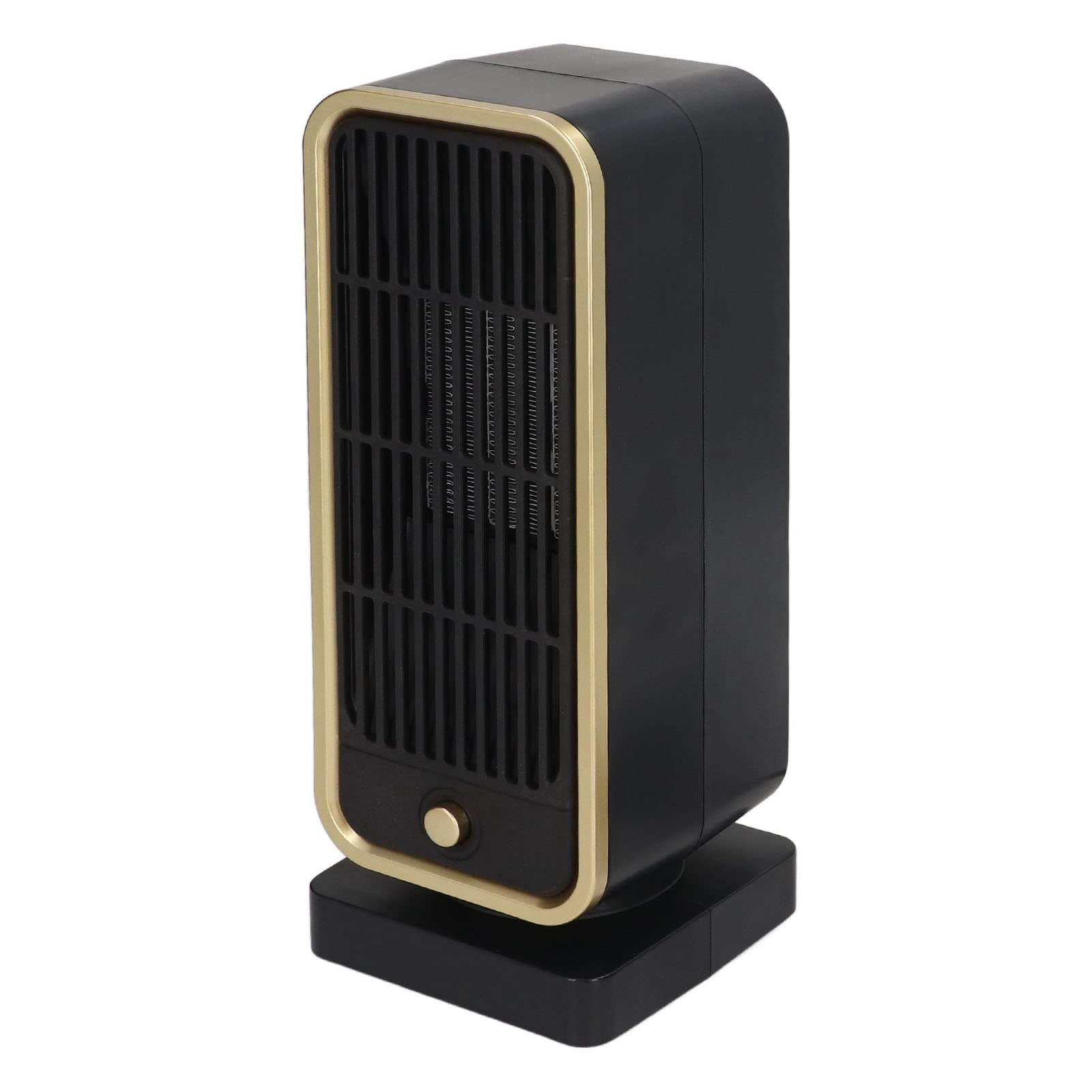Exploring the Versatile World of Ceramics in Modern Applications

Ceramics have long fascinated scientists and engineers alike with their unique properties and versatile applications. From ancient pottery to cutting-edge aerospace components, ceramics offer remarkable features, including high temperature resistance, hardness, and biocompatibility. This article explores the diverse world of ceramic materials, their scientific foundation, and their expanding role in modern technology.
The Science Behind Ceramic Materials
The study of ceramic materials encompasses multiple scientific disciplines, including physics, chemistry, and engineering. These materials are traditionally categorized by their high melting points, low electrical conductivity, and brittleness. However, recent research has focused on enhancing the plasticity of ceramics, making them more adaptable to various applications.

Understanding ceramic compositions and transformations at the molecular level is crucial. According to several studies, ceramics are primarily composed of non-metallic, inorganic compounds that are formed through heat. This characteristic production process grants ceramics their distinct properties, such as durability and resistance to thermal stress.
Applications in Biomedical Engineering
In recent years, ceramics have made significant inroads into the field of biomedical engineering. Their biocompatibility makes them ideal for implants and prosthetics. Moreover, biomedical applications of ceramics extend to drug delivery systems and tissue engineering, where they provide structural support and stability.

Researchers have developed various compositions of ceramics that cater to specific biomedical needs, ensuring that implants are not only functional but also promote healing within the body. The development of ceramics in this domain promises improved patient outcomes and the expansion of medical possibilities.
Ceramics in Advanced Manufacturing and Engineering
The role of ceramics in advanced manufacturing cannot be overstated. They are instrumental in the production of electronics and serve as sustainable alternatives in many industries. Current advancements see the integration of ceramics in hypersonic technologies and aerospace manufacturing, demonstrating their potential to withstand extreme conditions.

Notably, researchers at PARI have achieved breakthroughs in Hypersonics manufacturing by leveraging 3D printing technologies. This innovation paves the way for more efficient production methods and enhances the performance of high-speed vehicles.

Conclusion
In conclusion, the multifaceted nature of ceramics continues to offer exciting possibilities across various scientific and industrial domains. The ongoing research and studies on protein folding within ceramic materials not only deepen our understanding but also enhance the applicability of these materials in new ways. As we continue to explore these possibilities, ceramics remain a cornerstone of innovation in the modern world.
For a deeper dive into the most recent advancements in ceramic technology, visit our blog to explore more cutting-edge discoveries and applications.
Silent PTC Ceramic Fan Heater

Silent PTC Ceramic Fan Heater – Experience the warmth and comfort of fast 3-second heating with this advanced PTC ceramic fan heater. Designed for energy efficiency, it quickly heats up any space, keeping you and your family cozy during the chilly winter months. Perfect for those who prioritize safety and rapid warmth, this fan heater is a reliable companion for cold days.
Explore Coil Pottery Techniques with Art With Trista
The types of coils ceramics offer endless creative possibilities for potters, allowing them to experiment with various shapes, textures, and designs through the versatile coil building method. This traditional handbuilding technique has been employed in countless unique creations, and to deepen your understanding, the YouTube video “Coil Pottery Step By Step Clay Art Tutorial” by Art With Trista provides an excellent visual guide on creating a piece of coil pottery from pinch pot to finishing touches, showcasing many different examples of coil techniques that you can apply to your own work.
What are the different types of ceramic styles?
Earthenware, stoneware, porcelain, and bone china are among the most popular varieties of ceramics. Clay is the primary material, and because it’s so widely accessible, it forms a versatile base for many creations. Blending different types of clay with specific amounts of silica and various minerals leads to unique textures, finishes, and overall styles in ceramic pottery.
What is different about ceramic coil?
When it comes to coil ceramics—especially in vaping devices—ceramic coils excel in heat resistance compared to traditional cotton-wick coils. They’re built to last longer, meaning less frequent coil replacements, and their reduced risk of burning helps ensure consistently smooth flavor. For anyone seeking a reliable option that enhances taste and durability, ceramic coils stand out as a top choice.
What are the two types of firing in ceramics?
Most ceramic pieces undergo two main firing stages: bisque firing and glaze firing. Bisque firing transforms raw “greenware” into a hardened, semi-vitrified state that’s easier to handle for glazing and decorating, while also burning off carbon-based materials. The subsequent glaze firing seals the piece and creates its final glass-like coating, ensuring durability and resistance to water and everyday use.
Exploring the various types of coil ceramics truly opens up a world of creativity for any potter. Whether you’re crafting intricate textures or experimenting with unique shapes, the coil building method offers a flexible foundation to bring your artistic visions to life. Embracing this traditional technique allows you to connect with centuries of pottery history while adding your personal touch to each piece.
Join Our Creative Community
If you’re excited to continue your journey with coil ceramics and want to stay inspired, be sure to follow us on Instagram. We regularly share tips, tutorials, and stunning examples of coil work to help you hone your skills and spark new ideas. Let’s keep creating together!
Leave a Reply
Venture into a world where clay and creativity converge at JJClayStudio.com – where every piece tells a story. Unearth your next treasure and become part of the narrative that turns everyday moments into artful experiences.
